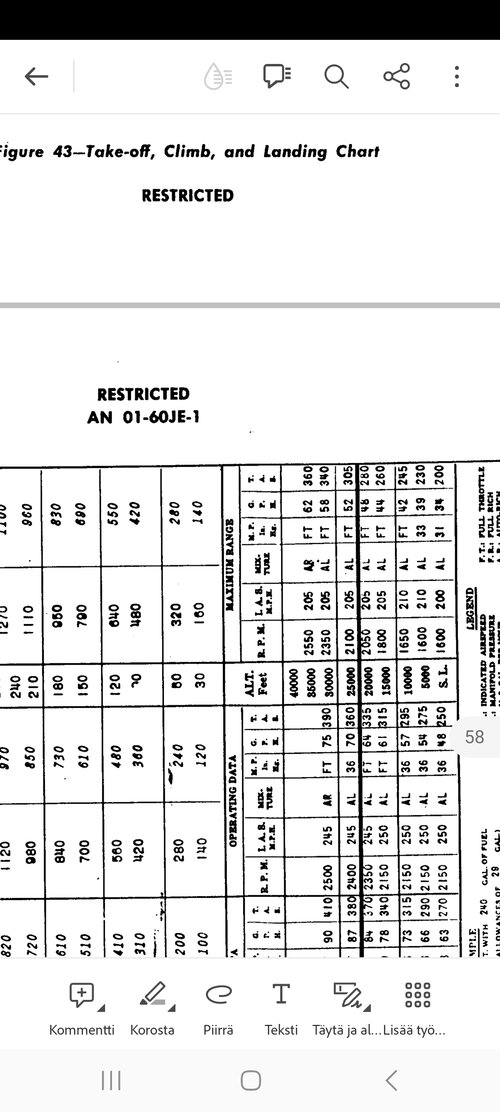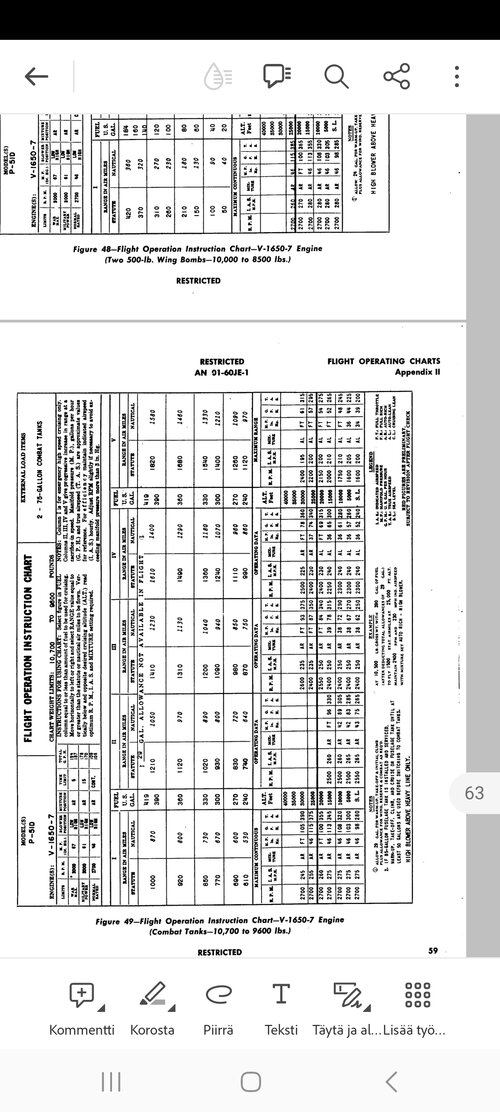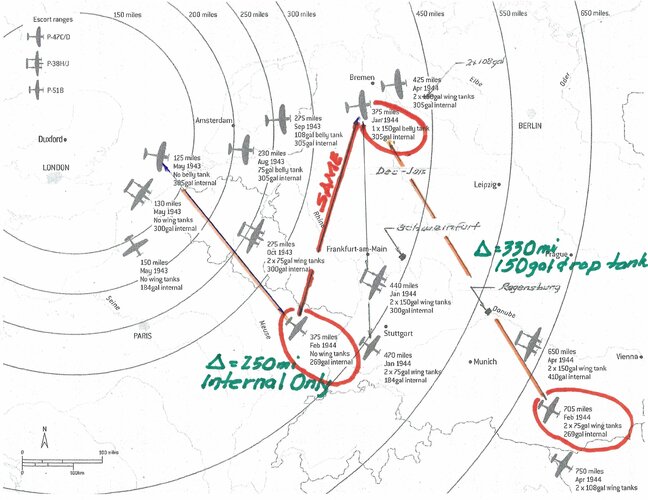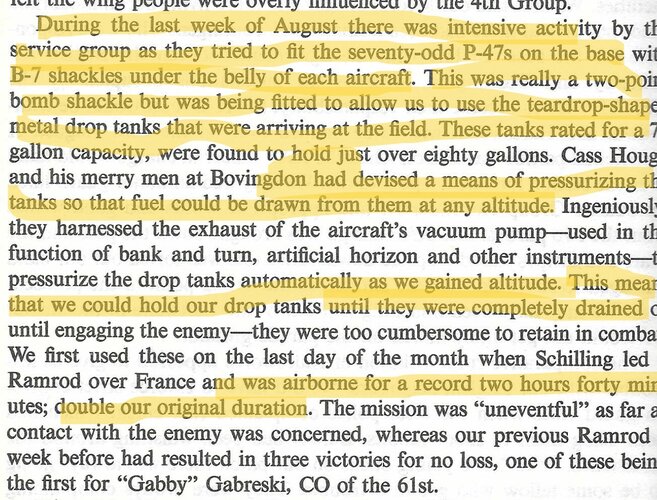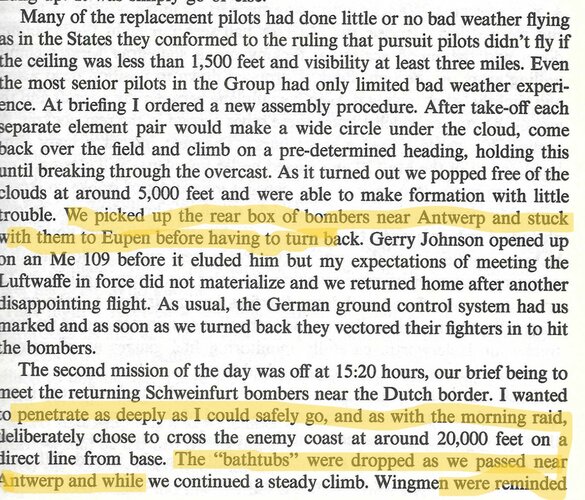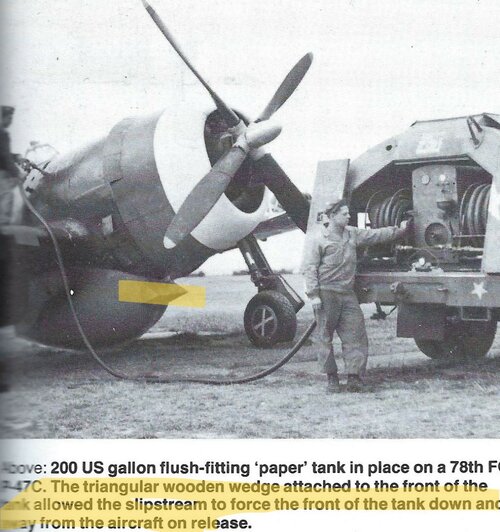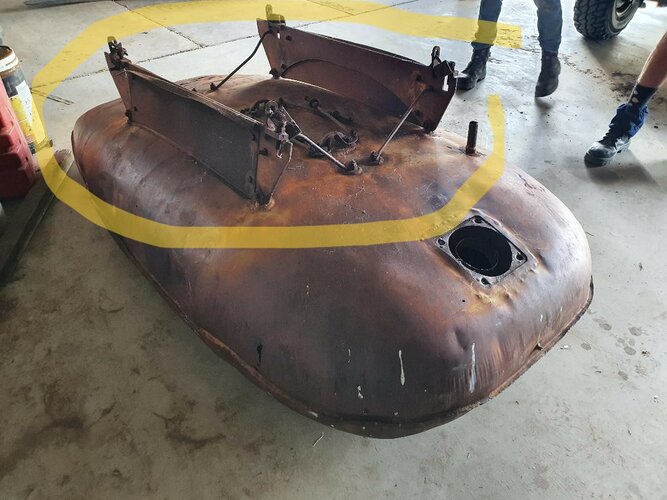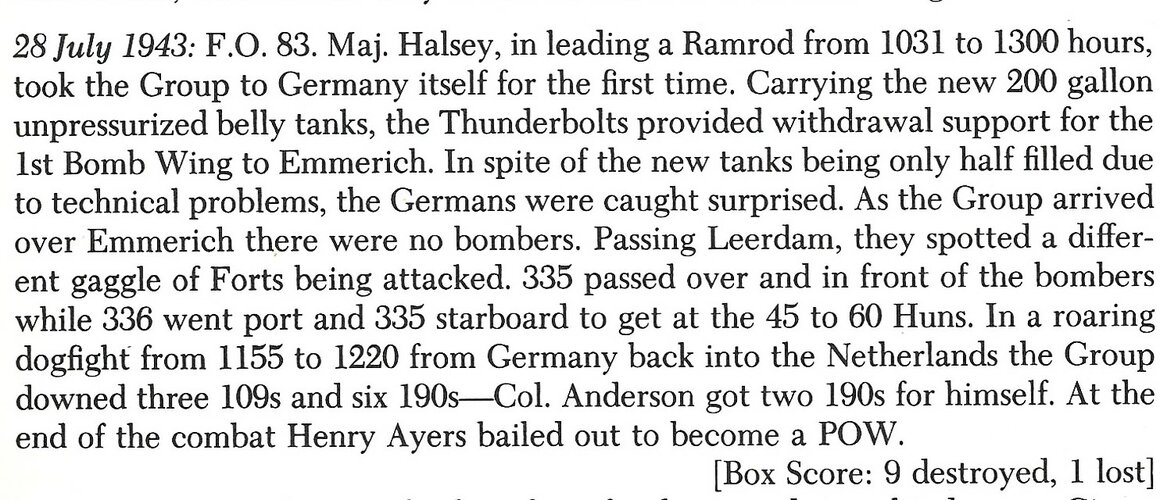1. New data but most of what I want to see is written. Not too keen on the listening and podcast thing, my preference, I am an old git after all.
2. I like to see progression of a design and include references to the data purchased from Curtis by NA with referecne in particular to the aerodynamic data from the P-40 and it;s paper/projected replacements.
From wiki, "A myth claims that work on the XP-46 was the basis of the North American NA-73X – the prototype P-51 Mustang. While North American Aviation (NAA) purchased technical aerodynamic data on the P-40 and XP-46 from Curtiss for $56,000, and there are certain design similarities in the radiator/oil-cooler configuration of the two types, North American had already made significant progress on its design".
I am definitely addressing this one in the podcast. The most interesting similarity to me is the position of the aft scoop on both the XP-46 and the P-509 presented to AFPM in March 1940. As Blackbat242 shows in his three view plus side profile, the intake scoops for both are under the pilot. The data was purchased April 11th. The first iteration from P-509 to 73X General Arrangement still shows the intake scoop under the pilot.
Pause
About the same time as 73X General Arangement side profile is dated, the Wright data arrived, the wind tunnel testing of the NACA 23016 vs NAA/NACA 45-100 begins. The pressure distributions for the radiator/oil cooler/entry scoop begin.
The iteration showing the 'to be built' vesrion of the 73X General Arangement side profile and first release to Experimental Department occur in mid May 1940. The scoop location changed.
The Mustang entry scoop, with front and back alligator jaws, takes form with the NEW intake position now located at approximately the flap line - a couple of feet rearward. Late May 1940 as NA-1620 XP-51 Specification is completed after several iterations. NA-1620 changes (incremental) as changes are made to NA-73, NA-83 and NA-91.
Pause again.
The XP-46 General Arrangement is unknown to me, but NACA performs drag study later showing three dramatic differences between the NAA and Curtiss designs.
Curtiss has Two scoops, both fixed intake. The plenums leading to radiator are very short and with dramatic slope into radiators, and very short to rear exit. The location of the aft entry scoop remains under the pilot.
NAA -one scoop, long(er) with longer and more gradual change in cross section from rectangular to circular - with gide vanes, and longer exit plenum to retain and compress heated air. Location ~ on flap hinge line.
Based on disappointing measured pressure distributions at GALCIT plus flight test results of 73X, Dr. Shenstone from RAE recommends dropping upper lip of intake scoops and removing all but CL vane. February 1941. Changes incorporated in AG345 for first test light of NA-73 by RAF
Curtiss did not change the entry scoop (aft) for the XP-46. Which first flew three+ months After 73X and two months before AG345. Lousy cooling drag results.
XP-46A moved the aft scoop back to nearly the same location as all Mustangs going forward. Does not have'upper intak lip' or design to strip boundary layer turbulence. Add adjutable alligator entry/exit doors. but no significant performance enhancements,
Who copied whom?
I would like to see real references to the later versions, including the lightweight versions, different wing variations and how they were expected to fair in actual service, threats etc.
The new NACA 66 series was different in several respects but the 'thickness' was the same - no issues mounting AN-M2 vertically. Curiously the P-51D Master Dimensions book was published in Feb 1943 - with verically mounted guns - long before jamming issues reported from ETO for the P-51B. Most importantly the leading edge of all the lightweights, P-51H and P-82 were 'straight', the Max T/C was at ~50% chord vs 37.5% of the 45-100.
The XP-51F was specified with max 180 gal of fuel (105 rt, 75 lt) and no possibilty of aft fuse tank. Fuselage Design was complete when the P-51B started development of 85 gallon fuse tank. The XP-51F/G/J were conceived as extremely high performance, medium range (same as original P-51B), Interceptors. NAA/AAF-MC in deep discussions Nov 1943 regarding installations of 4x20mm in 'P-51F' production article - but died probably because there was no particular threat requiring that model. The development of the P-51H was aspirational to not only have the performance of the F & G but also the range of the P-51D
How could the last mustangs have faired against Luft 46 etc? Not terribly important as this is always going to end up a fools errand between fanbois etc and proper historians and strategists. Interesting to watch the fallout expose poor and biassed research.
About as well as P-47M, Spit XXI I suppose - with much greater tactical footprint
The .60 mg and possible inclusion in the new later thin wing variants, would they do it or go to cannon of various weights?
The 0.60 as developmentally available was not an option. I was a kid at Eglin when my father had the 3200 Maintenance and Test Wing there. A 0.60 caliber was being tested - which from memory was a 50 cal BMG necked up to accept a .60 round. I once had a 250rnd box of inert 60's which my mother tossed when I went to Ga.Tech. That plus complete copy set of Blackhawk, Plastic Man and Superman - she wasn't being spiteful, just trying to create more living space and had no idea regarding the value.
This was also the period of GUNVAL testing of modified F-86E/F with 20mm armament.
What political influences were there for and against the P-51 and how did the different constructors go about securing THEIR power/support base while damagaing their competition?
I devoted a LOT of ink to the subject in Bastard Stephild. I believe without concrete proof that Burdette Wright had undue influence on General Echols wrt to Curtiss P-40 sales vs NAA sales of Mustang I for AAF. There were a lot of moving parts including NIH as well as Kindelberger giving polite but firm single digit salute to Echols regarding 'build P-40 for the Brits'.
I want to know the real background opf every decision, good or bad and have a discussion on how those choices changed the face of the war as it was fought. Which decisions could have meant a better outcome?
curiously I devoted a lot of ink on that subject also - but I intend to address in the Utube series. I was particularly annoyed at Greg's characterization of bomber mafia conspiring to withold combat tanks. He obviously has not studied the moving parts of AAF leadership and the command influence imposed on Echols following the Februay Fighter Conference of Feb 1942 - literally one month after Pearl Harbor. The number one priority was to extend RANGE with two branches - 1.) self sealing combat tanks, and 2.) increase internal tankage.
Both USAF Study 136 and Paul Ludwig's Long Range Escort Fighter devote more ink on the development issues than I did.
BTW, the influence of the P-51 on the F-84 series, also fascinationes it led on, and on.......
Very thoughtful, I will try to incorporate the ideas and points. I have a couple that I address now in my first two chapters of the video presentations.

